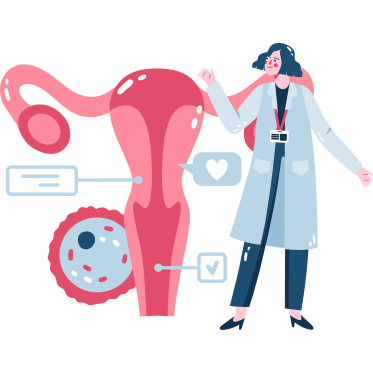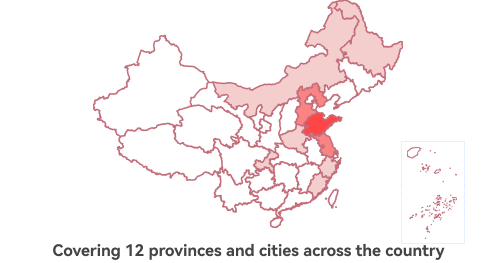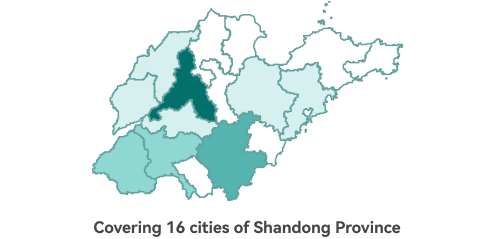Chinese Ovarian Aging CoHort, COACH
——Exploring disease progression and identifying prognostic factors
Declined Global Fertility and Ovarian Aging
Fertility rates have declined dramatically since 1950 and will continue to decline worldwide. As reported by The Lancet, the global fertility rate will decline further in the coming decades. By 2100, more than 97% of countries and regions will have fertility rates below the level needed to sustain the population size in the long term, and China's population will drop from its current 1.4 billion to 730 million. This demographic shift, characterized by a shrinking workforce and an aging population, will impose an increasingly substantial burden on healthcare and social security systems.
Premature ovarian aging has emerged as a significant contributor to reduced female fertility. Early menopause (EM) and premature ovarian insufficiency (POI), as hallmark conditions of female reproductive aging, exhibit high clinical heterogeneity, rapid progression, and increased risks for various chronic diseases, which seriously impair women's physical and psychological well-being, significantly compromising their quality of life. Therefore, the natural process of pathological ovarian aging and its impact on women's health have garnered great attention.


Limitations of Current Research
In contrast to physiological ovarian aging, approximately 50% of POI patients exhibit intermittent follicular development and ovulation, with 5%~10% even achieving natural conception after diagnosis.
It has been proposed that ovarian insufficiency can be divided into three stages, based on fertility, baseline FSH levels and menstrual status. However, the criteria and thresholds of these clinical stages remain unclear. While existing research on pathological ovarian aging has primarily relied on cross-sectional analyses or short-term prospective studies with small sample sizes, there is a lack of large-scale, long-term prospective observational studies in this field.
Chinese Ovarian Aging CoHort (COACH)
To explore the progression and prognosis of pathological ovarian aging and identify early predictors, we established the first and largest prospective cohort of ovarian aging in China (ChiCTR2000039987), covering 12 provinces and cities. Clinical information, physical examination results, endocrine hormone levels, metabolic profiles and 3D facial imaging were comprehensively collected and recorded. Biological samples, such as peripheral blood mononuclear cells (PBMCs), serum, plasma, ovarian granulosa cells and follicular fluid, were acquired and preserved for subsequent multi-omics analyses. Longitudinal follow-up assessments are conducted at 6-month intervals to monitor ovarian aging progression, pregnancy outcomes and associated complications.


Research Design of the Project
